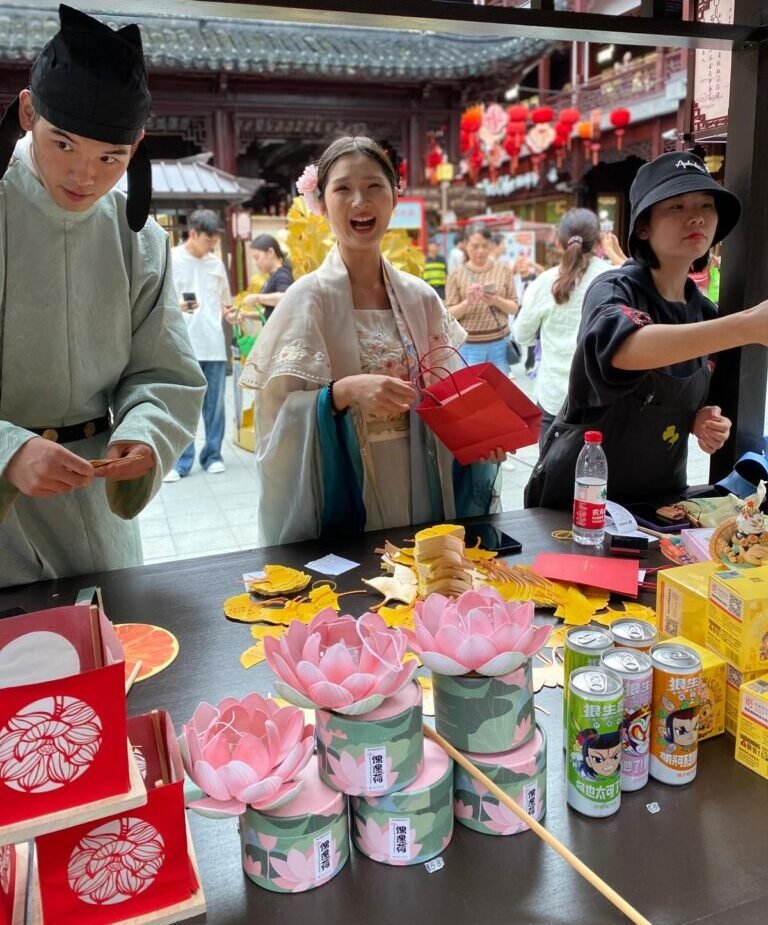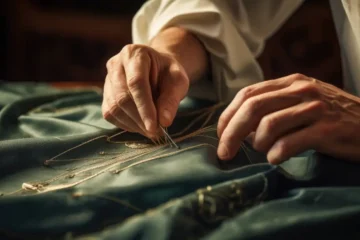The Culture of Artisans in this city is a vibrant and diverse community of skilled craftsmen and women.
The Culture of Artisans celebrates traditional techniques and cultivates a sense of pride in their unique creations.
The Culture of Artisans embodies the spirit of creativity and innovation, passing down their knowledge and skills through generations.
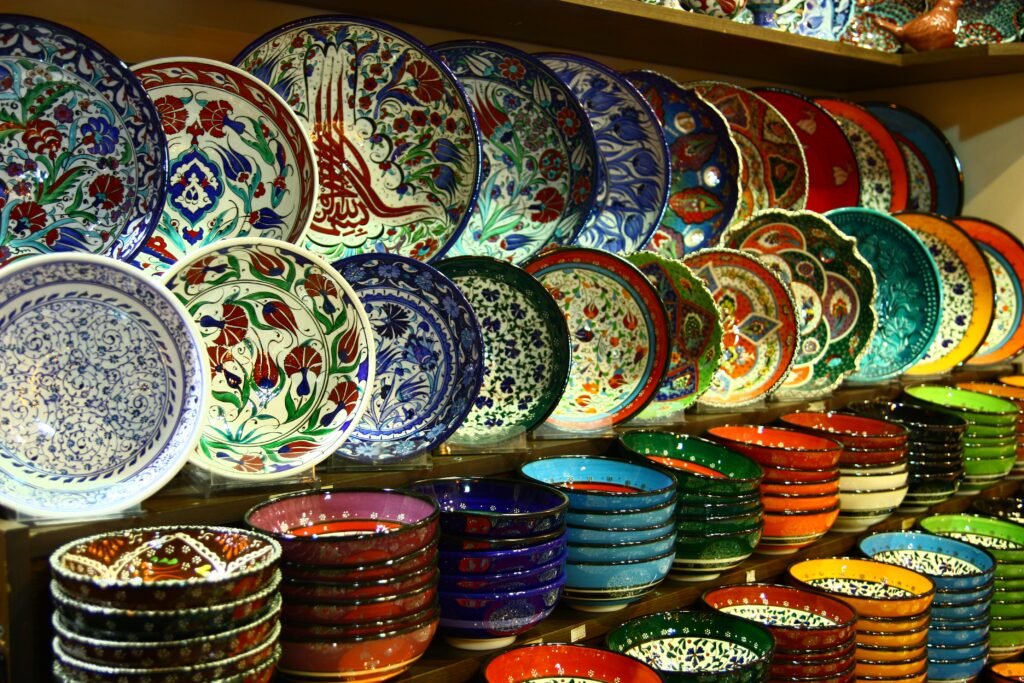
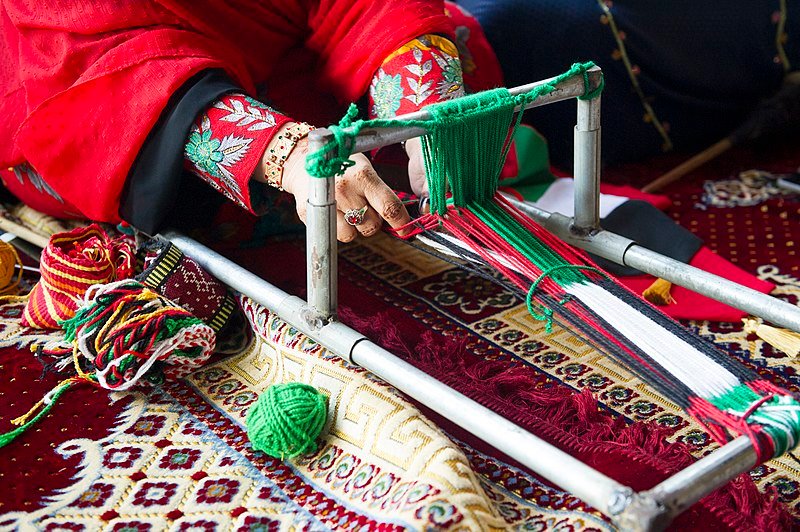


Celebrating Cultural Heritage
The year 2023 marks a significant milestone in the world of cultural preservation. We celebrate the twentieth anniversary of the Convention for the Safeguarding of the Intangible Cultural Heritage, adopted on October 17, 2003, by the 32nd session of the General Conference of UNESCO. Honoring cultural identities bridges the gap between different social groups. It also leads to upward mobility. This anniversary provides a unique opportunity for all to raise awareness about the diversity and richness of intangible cultural heritage and in fostering international cooperation.
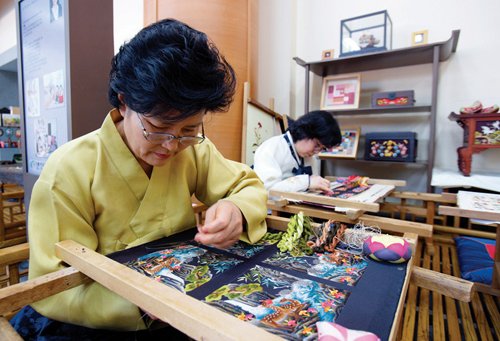

Artisans and Craftsmen
The year 2023 marks a significant milestone in the world of cultural preservation. We celebrate the twentieth anniversary of the Convention for the Safeguarding of the Intangible Cultural Heritage, adopted on October 17, 2003, by the 32nd session of the General Conference of UNESCO. Honoring cultural identities bridges the gap between different social groups. It also leads to upward mobility. This anniversary provides a unique opportunity for all to raise awareness about the diversity and richness of intangible cultural heritage and in fostering international cooperation.

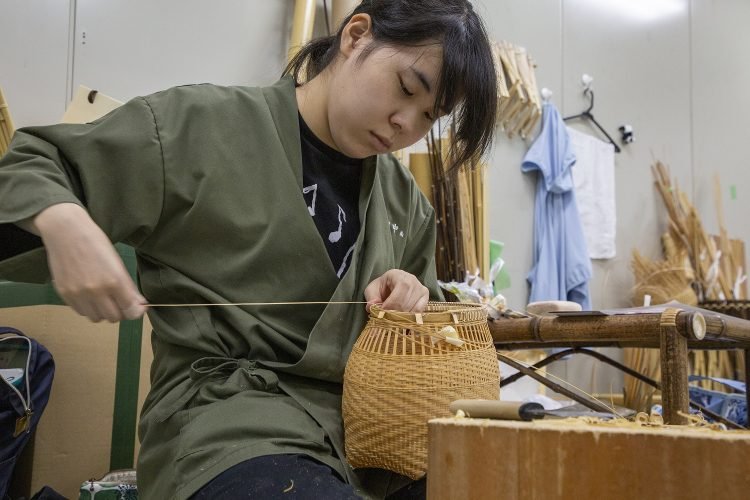
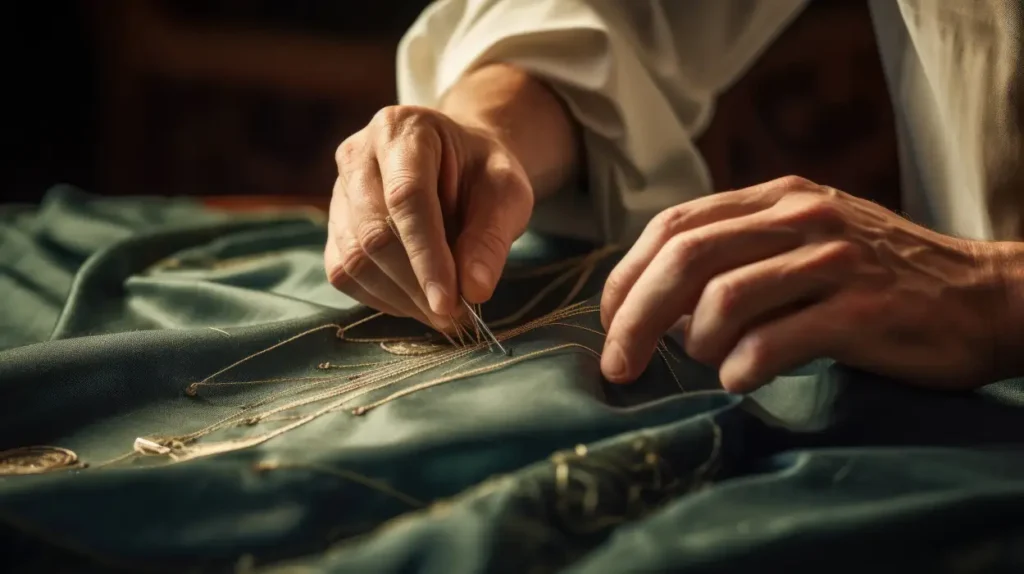
Reviving Traditional Crafts for Future Generations
Crafting is no longer only what grandmas do but has gained popularity in Millennials and Generation Y. Research from the Association of Creative Industries has shown that crafters are currently younger than they have been before with the largest part, 41%, being Millennials who are 18-36 years old. It is a way for them to express themselves, be creative, spend time with family and friends as well as possibly a job for some. The possibility of creating personalised products satisfies Millennial values such as repurposing, reusing and upcycling, and may even be the most important reason for why young people get creative hobbies. Crafters don’t simply tend to work with one craft but often mix between different methods. Only 16% use their creativity for one type of craft, whereas 39% spread their talents into 2-4 ways and 45% realise their passions through 5 or more types of creative outlets. Additionally, increasingly many people have a need for a digital detox and want to create something physical with their hands, as they use technology every day for work or school. Perhaps surprisingly, the crafting industry has a net worth of 44 billion dollars in the United States alone and has grown 5 billion dollars during the last five years.
Establishing training programs and workshops can help pass on traditional skills to new generations of artisans. By providing access to specialized education, aspiring craftsmen can learn the intricacies of their trade and become skilled practitioners.
Pairing experienced artisans with young apprentices fosters the transfer of knowledge and develops a sense of community within the craft. Through hands-on experience and guidance from mentors, apprentices can refine their craft and carry forward traditional techniques.
Creating avenues for artisans to showcase and sell their products is vital for their financial sustainability. Online platforms, craft fairs, and collaborations with established businesses can help artisans reach a wider audience and gain recognition for their work.
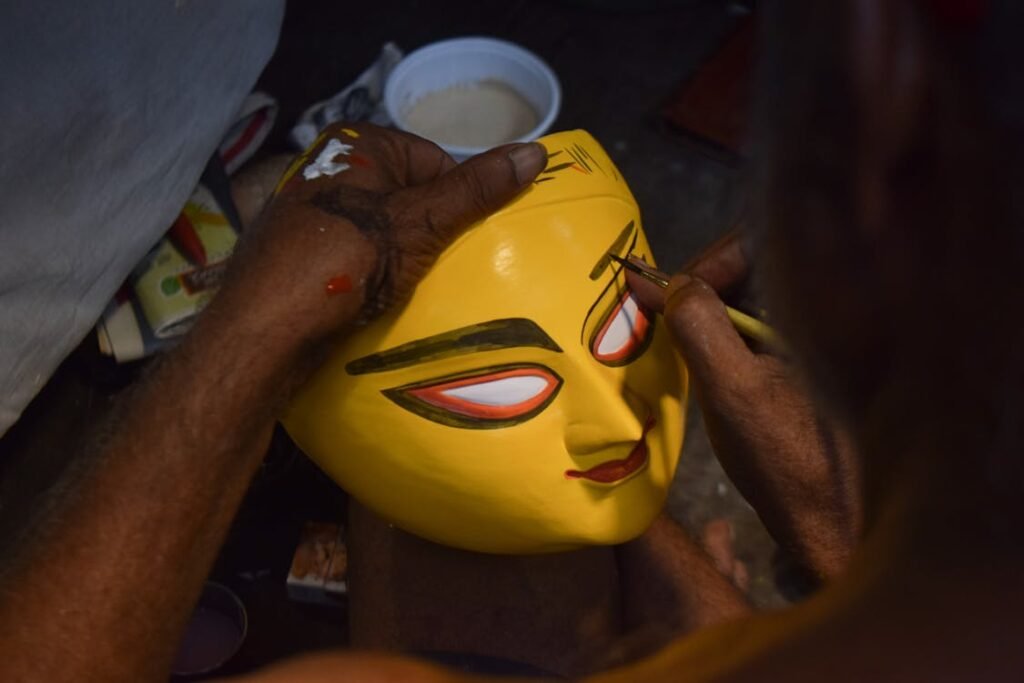
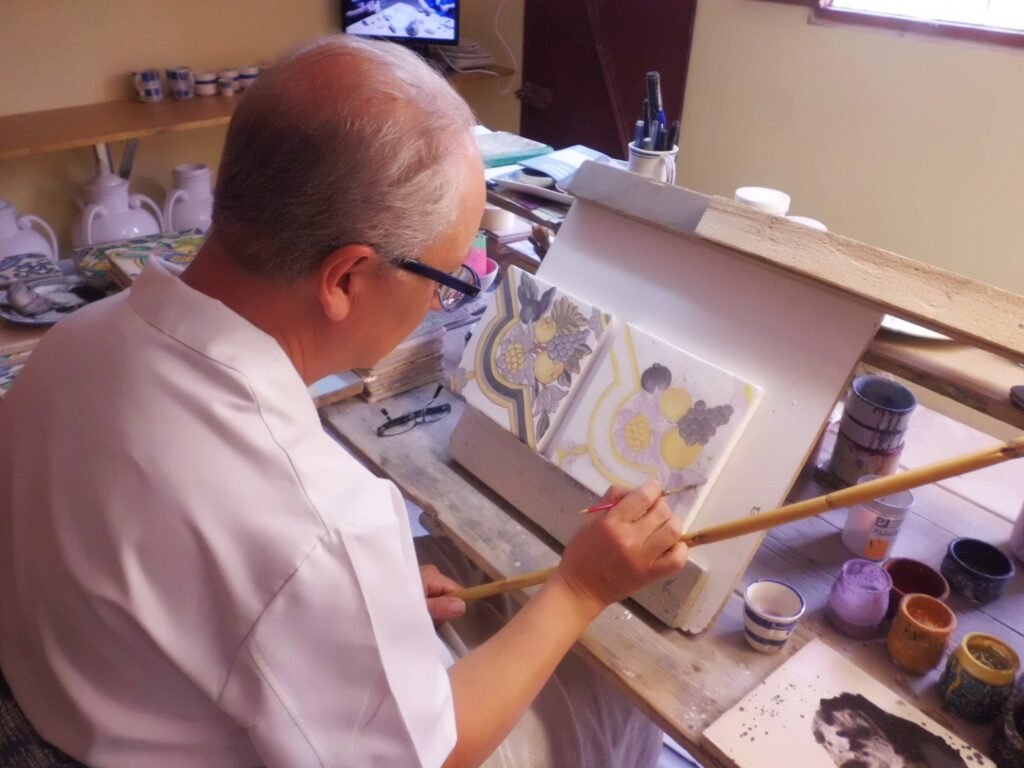

Handmade Art and Craftsmanship
Handmade art and craftsmanship represent the diversity of cultures around the world. Each culture possesses its own distinctive techniques, materials, and designs, making handmade products valuable expressions of cultural identity.
Handmade art often goes beyond functionality, serving as a medium for artistic expression and storytelling. Artisans embed cultural symbols, narratives, and traditional motifs into their creations, effortlessly capturing the essence of their cultural heritage.
Handmade art and craftsmanship often employ sustainable materials and production practices. Many artisans prioritize the use of natural, locally sourced materials, reducing their environmental impact compared to mass-produced alternatives.


